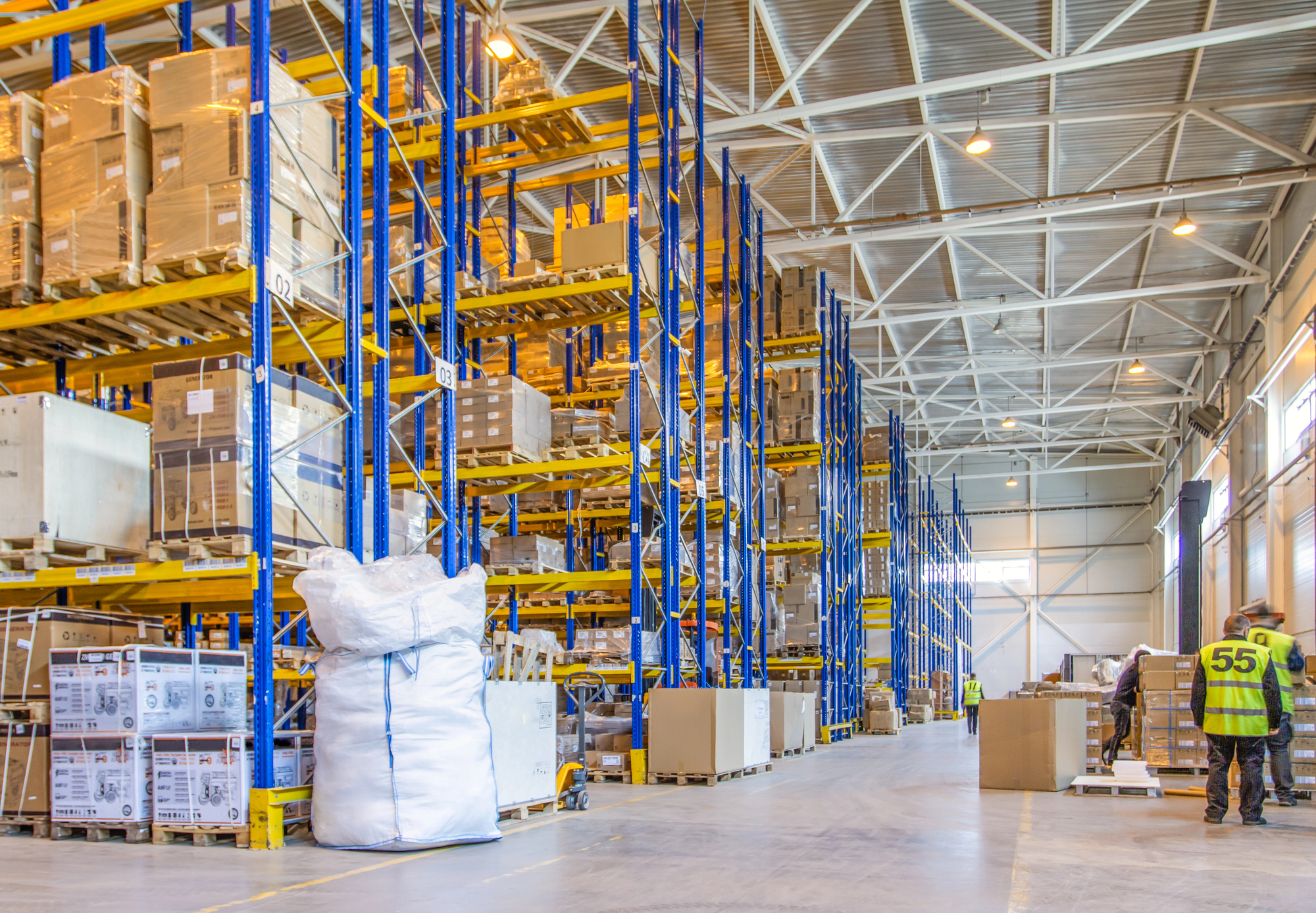Shorthaul trucking companies face constant pressure to deliver goods quickly while keeping costs under control.
One of the most effective ways to optimize operations and reduce expenses is through strategic use of warehouses. By leveraging warehouse space, businesses can streamline logistics, improve route planning, and minimize unnecessary expenditures. Here’s how!
Lower Fuel and Transportation Costs
Warehouses located near key markets or customer clusters reduce the distance trucks must travel for deliveries. Shorter routes mean less fuel consumption, lower maintenance costs, and fewer labor hours spent on the road. Over time, these savings can significantly impact a trucking company’s bottom line.
Efficient Inventory Management
Warehouses allow trucking companies to store products closer to demand centers. This reduces the need for frequent trips to central distribution facilities, cutting down on mileage and operational costs. Effective inventory management also minimizes overstocking or stockouts, preventing unnecessary expenditures from emergency shipments or lost sales.
Optimized Load Planning
With warehouse space strategically placed, shorthaul trucks can consolidate shipments, ensuring vehicles are fully loaded before departure. Maximizing load capacity reduces the number of trips required, which in turn decreases labor and fuel costs. It also improves scheduling efficiency, allowing drivers to complete more deliveries in less time.
Minimized Risk of Delays
Regional warehouses act as buffers against delays caused by traffic, weather, or other disruptions. By having inventory on hand near delivery points, trucking companies can quickly reroute trucks or adjust schedules without incurring additional costs. This flexibility keeps operations running smoothly and reduces the financial impact of unexpected delays.
Support for Seasonal and Fluctuating Demand
Shorthaul trucking often faces peaks and valleys in demand. Warehouses help manage seasonal surges by storing extra inventory in advance, reducing the need for last-minute shipments or expedited delivery services, which are typically more expensive.
Enhanced Customer Satisfaction Reduces Costs Indirectly
Warehouses not only help with operational costs but also improve service reliability. Satisfied customers are less likely to cancel orders or request rush shipments, both of which can add extra costs. Reliable delivery from strategically located warehouses indirectly saves money by reducing customer service issues and rework.




